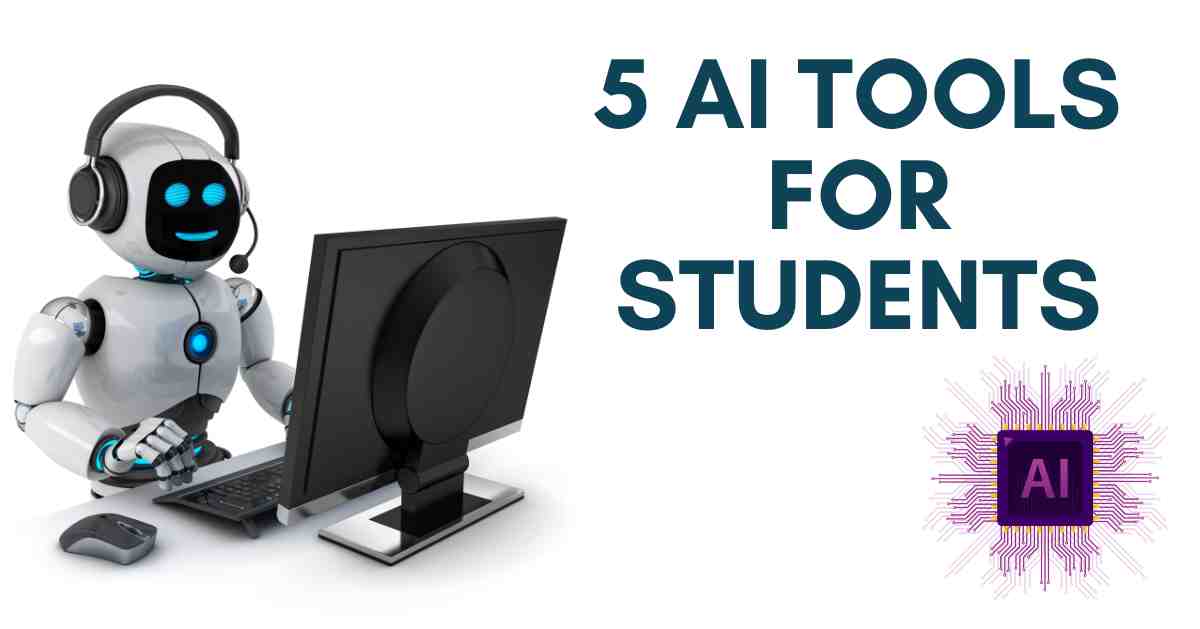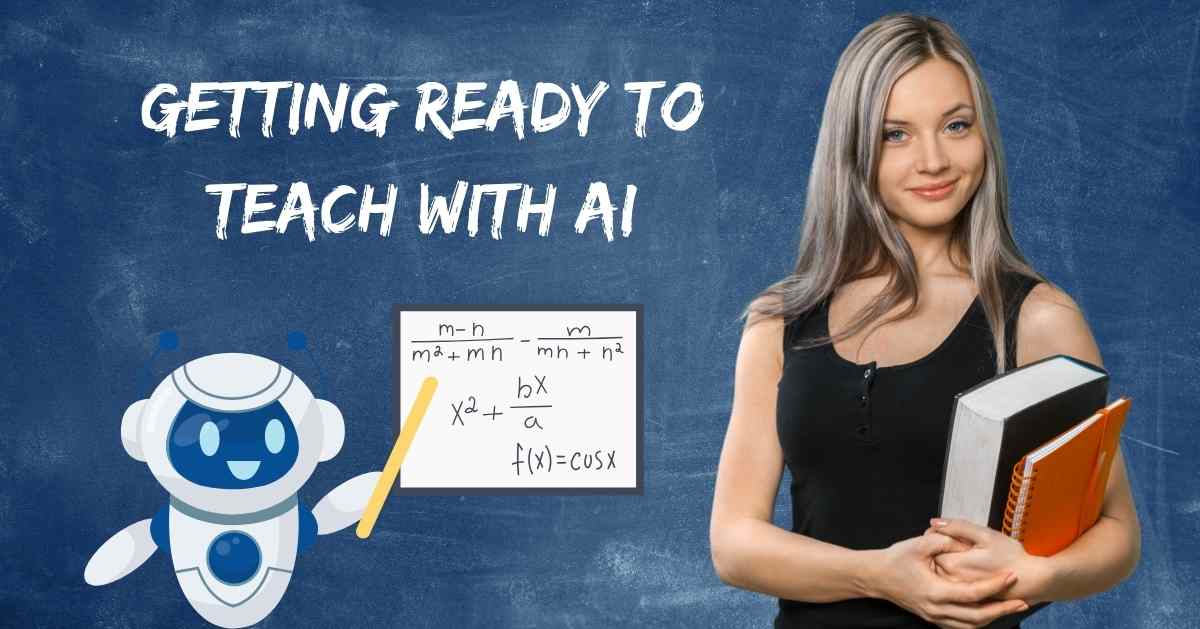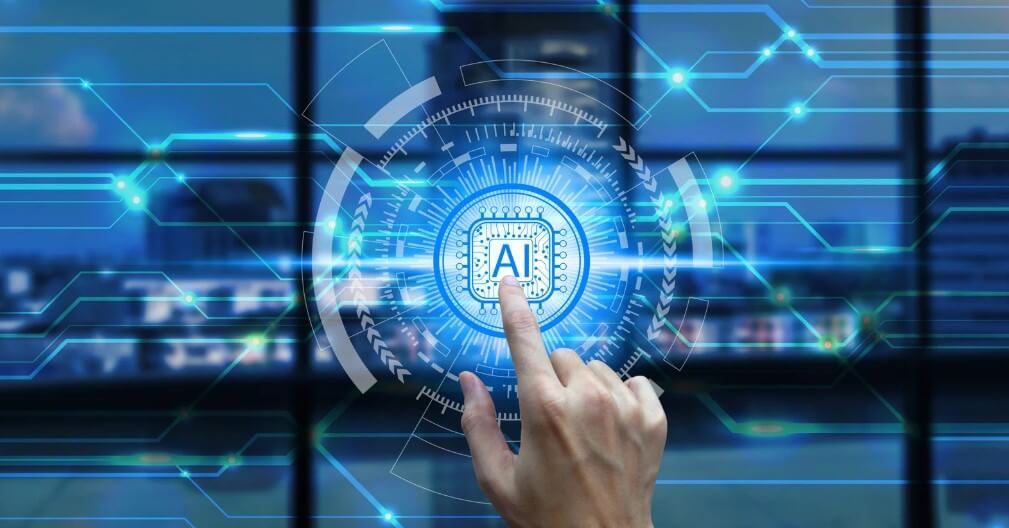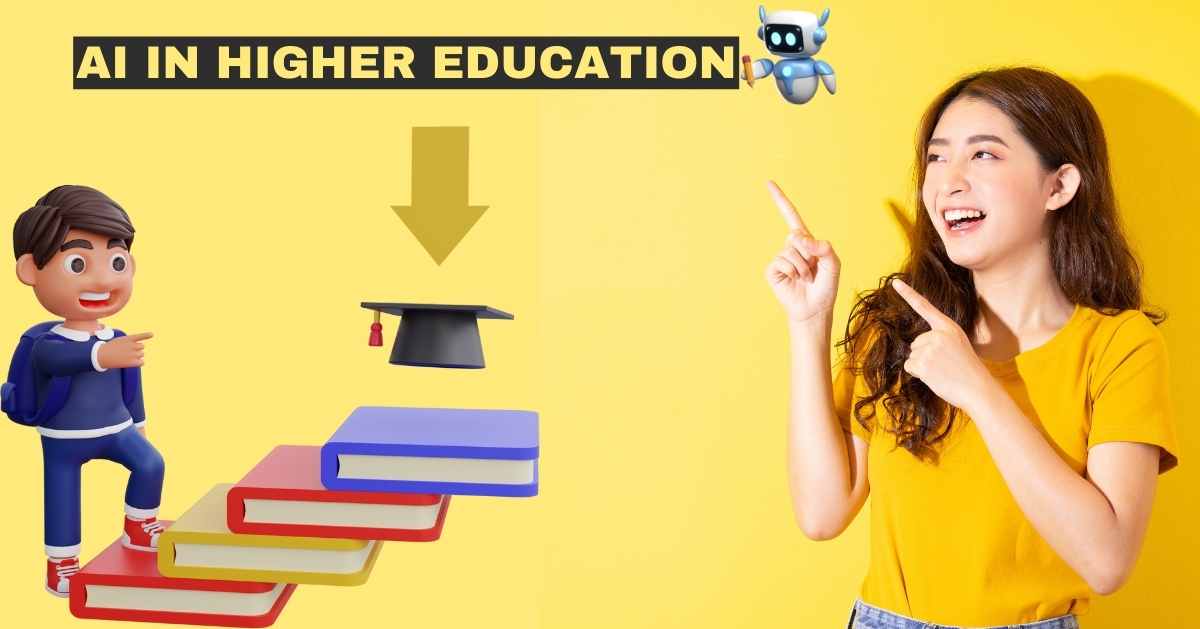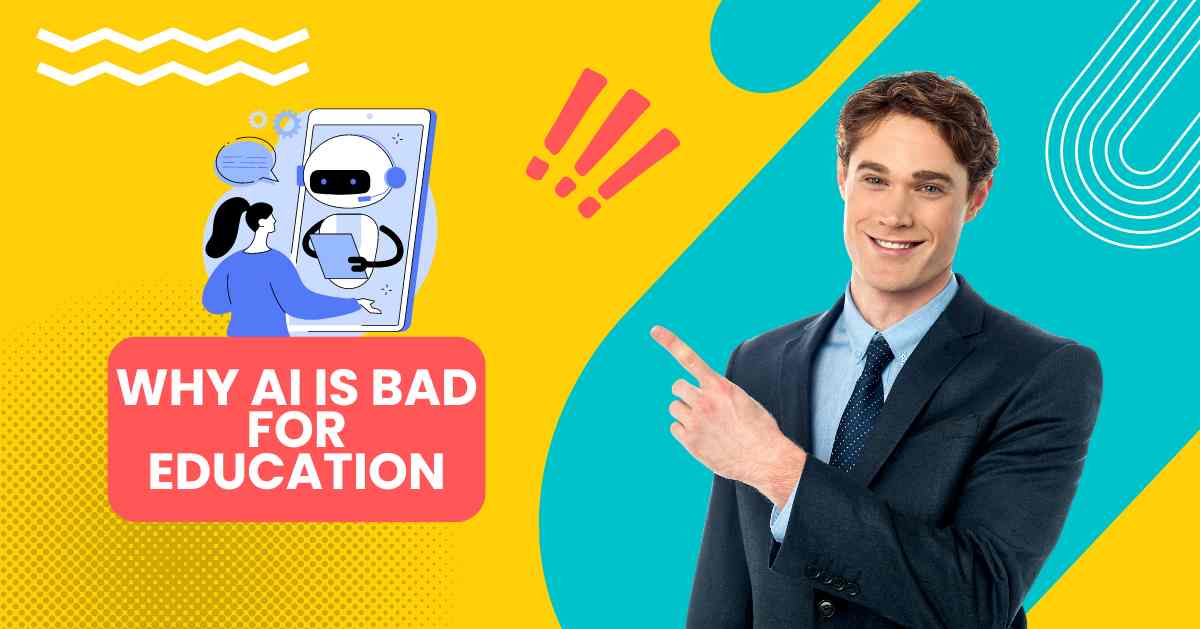Brief History of Artificial Intelligence (AI) and its Impact on Education
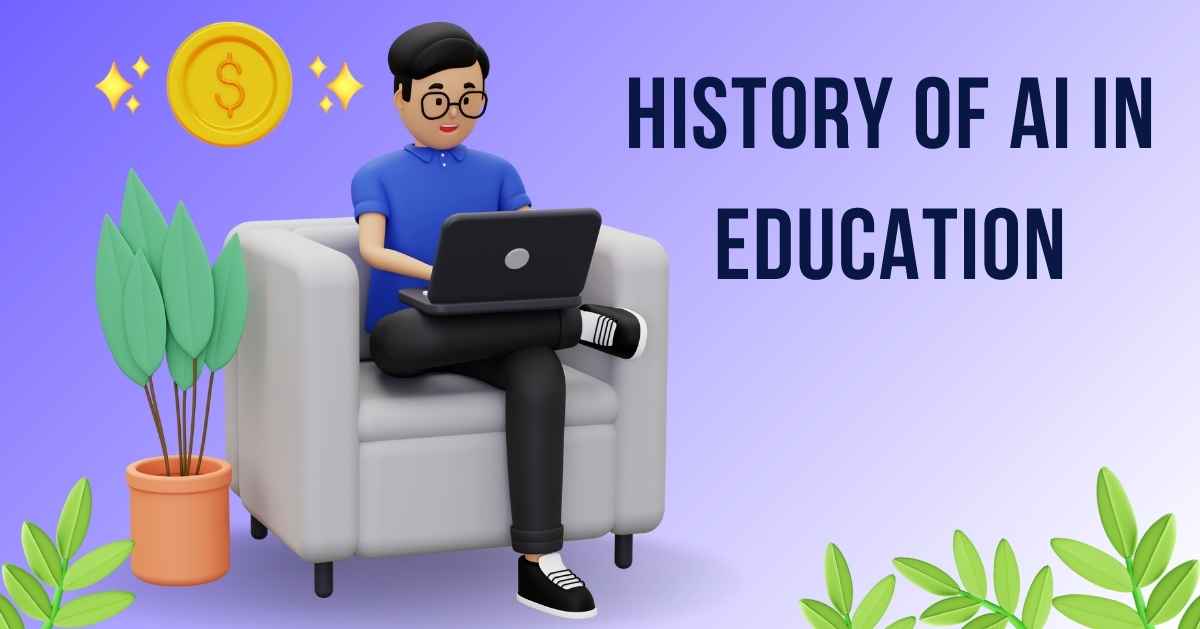
The history of artificial intelligence (AI) is a fascinating journey marked by significant milestones and breakthroughs. Here’s a condensed overview:
Artificial intelligence (AI) is not merely a modern phenomenon; its roots delve deep into the annals of human civilization, tracing back to ancient times. The evolution of AI is a captivating narrative of human ingenuity, ambition, and the ceaseless pursuit of replicating and even surpassing human intelligence. From mythological automatons to contemporary deep learning algorithms, let us embark on a journey through the fascinating history of AI.
Birth of AI (1950s): The term “artificial intelligence” was coined in 1956 during the Dartmouth Conference, where researchers gathered to discuss the potential for machines to simulate human intelligence.
Early Developments (1950s–1960s): In the late 1950s and early 1960s, researchers began experimenting with AI programs, such as the Logic Theorist by Allen Newell and Herbert A. Simon, which could prove mathematical theorems. Another notable development was the General Problem Solver (GPS) developed by Newell and Simon, which aimed to solve a wide range of problems.
Expert Systems (1960s–1980s): During the 1960s and 1970s, expert systems emerged as a dominant AI technology. These systems used rule-based reasoning to mimic human expertise in specific domains. Examples include Dendral, a system for chemical analysis, and MYCIN, which diagnoses bacterial infections.
AI Winter (1970s–1980s): Despite early optimism, progress in AI slowed during the 1970s and 1980s due to challenges in developing robust AI systems, unrealistic expectations, and a decrease in funding. This period became known as the “AI winter.”
Revival (1980s–1990s): AI experienced a resurgence in the 1980s with the development of new approaches such as expert systems, neural networks, and machine learning. Notable achievements during this period include the development of backpropagation for training neural networks and the emergence of expert systems for various applications.
Machine Learning Dominance (2000s–2010s): The 2000s saw a shift towards machine learning approaches, particularly with the rise of techniques such as support vector machines, decision trees, and deep learning. Large datasets and advances in computing power fueled the success of these approaches, leading to breakthroughs in areas such as computer vision, natural language processing, and robotics.
Deep Learning Revolution (2010–Present): Deep learning, a subfield of machine learning focused on neural networks with multiple layers, has driven many recent advances in AI. Deep learning models have achieved remarkable performance in tasks such as image recognition, speech recognition, and language translation, leading to widespread adoption in industry and academia.
Ethical and Societal Implications: As AI technologies become more advanced and pervasive, concerns have been raised about their ethical implications, including issues related to bias, privacy, job displacement, and autonomous weapons. Efforts to address these concerns include the development of ethical guidelines, regulations, and frameworks for responsible AI.
Current Trends and Future Prospects: AI continues to evolve rapidly, with ongoing research in areas such as reinforcement learning, explainable AI, AI safety, and human-AI collaboration. Key challenges and opportunities include improving the robustness and reliability of AI systems, addressing ethical and societal concerns, and leveraging AI to tackle global challenges such as climate change, healthcare, and education.
[Read More: AI in Education: Essential Statistics and Everything You Need to Know]
How AI is Changing Education: A Simple Guide
In today’s world, artificial intelligence (AI) is making big changes in education. It’s like having a super smart helper in school! Let’s see how it’s happening.
Learning Made Just for You: Imagine if your teacher could make a lesson plan just for you, focusing on what you need help with most. That’s what AI does! It looks at how you learn and figures out the best way to teach you. This means you can learn at your own pace and understand things better.
Smart Teaching Assistants: AI can also be like a personal tutor. It sees where you’re struggling and gives you extra help, like having a tutor on your computer. This way, you can get better at subjects you find tough.
Helping Teachers Too: Teachers have a lot to do, right? AI helps them by doing some tasks for them, like grading papers or making lesson plans. This frees up time for teachers to spend with students, helping them learn better.
Making Learning Easier for Everyone: AI also helps students with disabilities or who speak different languages. It can translate text, read out loud, or even adjust lessons to fit different needs. This makes sure that all students can learn and succeed.
Thinking About the Bad Stuff: But there are some things to watch out for. AI needs to be fair and keep your information safe. We also need to make sure that everyone, no matter where they live or how much money they have, can use AI for learning.
What’s Next?
In the future, AI will keep changing how we learn. We might see virtual reality lessons or even personal learning helpers! However, we need to make sure that everyone works together to use AI in a good way so that it helps all students learn and do well in school.
Conclusion
The evolution of artificial intelligence (AI) from its inception to its current state has profoundly impacted education. From personalized learning experiences to smart teaching assistants, AI has revolutionized the way students learn and teachers teach. As we move forward, collaborative efforts are essential to harnessing AI’s potential for equitable educational outcomes.


